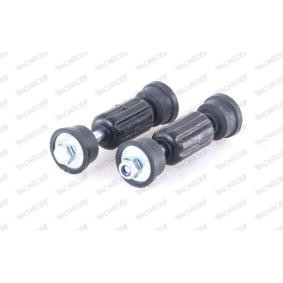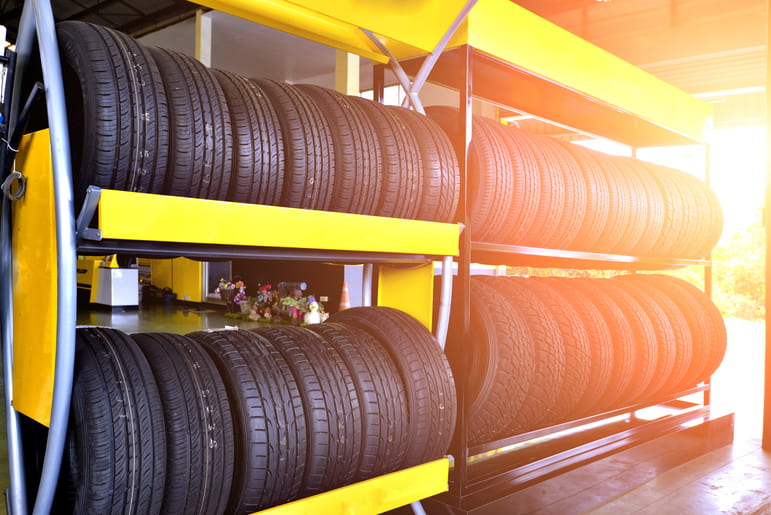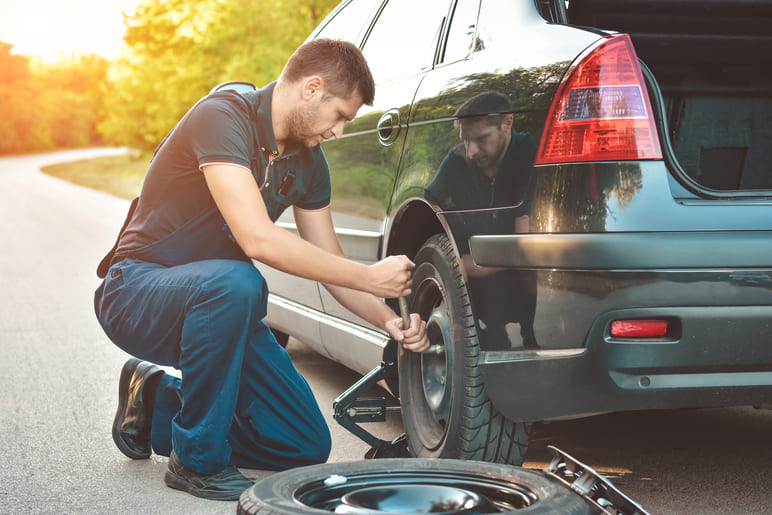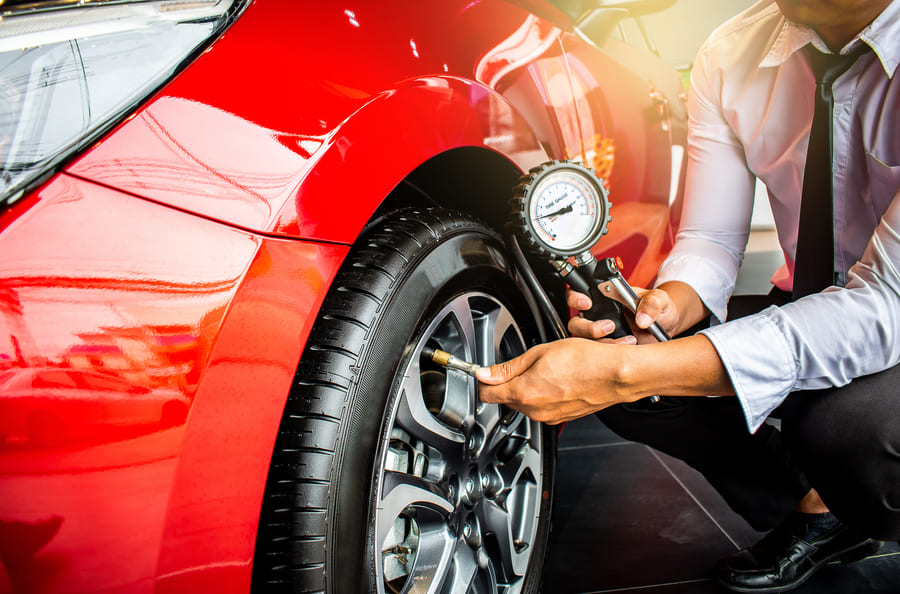
Wheel alignment refers to the angle and position of a vehicle’s wheels in relation to each other, and the process of aligning them by checking and adjusting the suspension. It is an essential part of car maintenance as it has a direct impact on the handling performance, stability and efficiency of the vehicle. Properly aligned tyres wear evenly, reducing rolling resistance when driving and therefore improving the vehicle’s fuel efficiency. It has several benefits such as increasing the service life of the tyres and improving vehicle safety.
This process is normally carried out by a professional mechanic who has the necessary skills and tools to alter the suspension angles precisely while centring the steering wheel. Mechanics use alignment machines to adjust the toe, thrust, camber, and caster angles according to the alignment standards specified by the manufacturer.
Alignment angles

Camber: The angle of the wheels when viewed from the front of the vehicle. When the tyres tilt away from the vehicle it is known as a positive camber. The camber is negative if the tyres tilt inwards. A positive camber causes the outer tread of the tyre to wear more than the inner side and a negative camber has the same effect but vice versa.
Caster: The angle of the steering axis at the wheels on the front axle from the vehicle’s vertical axis, which is measured in degrees. This angle can be seen when you look at the axis from the side of the vehicle. If the steering axis slopes backwards the caster angle is positive, and if it tilts forwards, the angle is negative. A normal positive caster makes the car more stable and straightens the steering wheel after turning, keeping the car straight when driving. If the angle is too positive this will put extra pressure on the steering system, and if it is too negative it can cause wheel shimmy and instability. If the angle is unequal on each side of the vehicle, the vehicle will be pulled towards the side with the more negative angle.
Toe: The tilt of the wheels when viewed from above. Wheels facing inwards have a toe-in angle and wheels facing outwards have a toe-out angle. Extreme toe angles cause wear on the inner or outer sides of the tyres. In rear-drive vehicles the front wheels usually have toe-in angles for greater stability and in front-drive cars they are toed out. The wheels straighten out as the car accelerates.
Thrust: Defined as the angle between the geometric centre line and the vehicle’s thrust line. The centre line is the line running through the middle of the car from the front wheels to the rear ones, and the thrust line is essentially the direction that the rear wheels are pointing towards. Thrust angle alignment ensures that the rear axle lines up with the centre and is parallel to the front axle. This is particularly important for vehicles with independent rear axles.

Types of wheel alignment
Four-wheel alignment: As the name suggests, this type of alignment involves all four wheels. The camber and toe angles are adjusted for the front wheels while the caster and toe angles are adjusted for the wheels on the rear axle. This is mainly intended for four-wheel drive vehicles with independent suspension systems.
Front-end alignment: Also known as two-wheel alignment. Some vehicles have a fixed rear axle which doesn’t require adjusting and so only the wheels on the front axle need to be aligned. This type of alignment can include camber, caster and toe adjustment.
Thrust angle alignment: The thrust angle of the rear wheels is adjusted so that they are parallel with the front wheels and aligned with the centre.
How to detect alignment problems
Symptoms of wheel alignment problems: Common causes:Even small impacts can alter the alignment of the wheels and alignment problems often go unnoticed for a long time. Due to the specific design of the suspension, the vehicle’s suspension system must be altered every time the height is modified, otherwise the wheels will not be properly aligned.
How often should wheels be aligned?
Experts usually recommend drivers to get their wheels checked and aligned every two to three years or when new tyres are fitted. However, this also depends on the driving conditions; if you often drive on rough roads or drive off-road, you should have your wheels aligned more regularly. Sports cars and vehicles with wider tyres also have to be checked more frequently. Furthermore, if you often hit bumps or curbs, or notice any of the symptoms listed above, it might be worth a trip to the mechanic to get your wheels aligned.
If the wheels still squeal or the suspension is making abnormal sounds, you should conduct a thorough inspection of the vehicle. You can read more on how to fix a knocking and creaking suspension system here.



















Comment